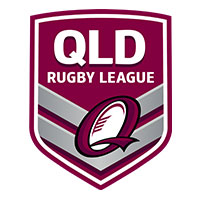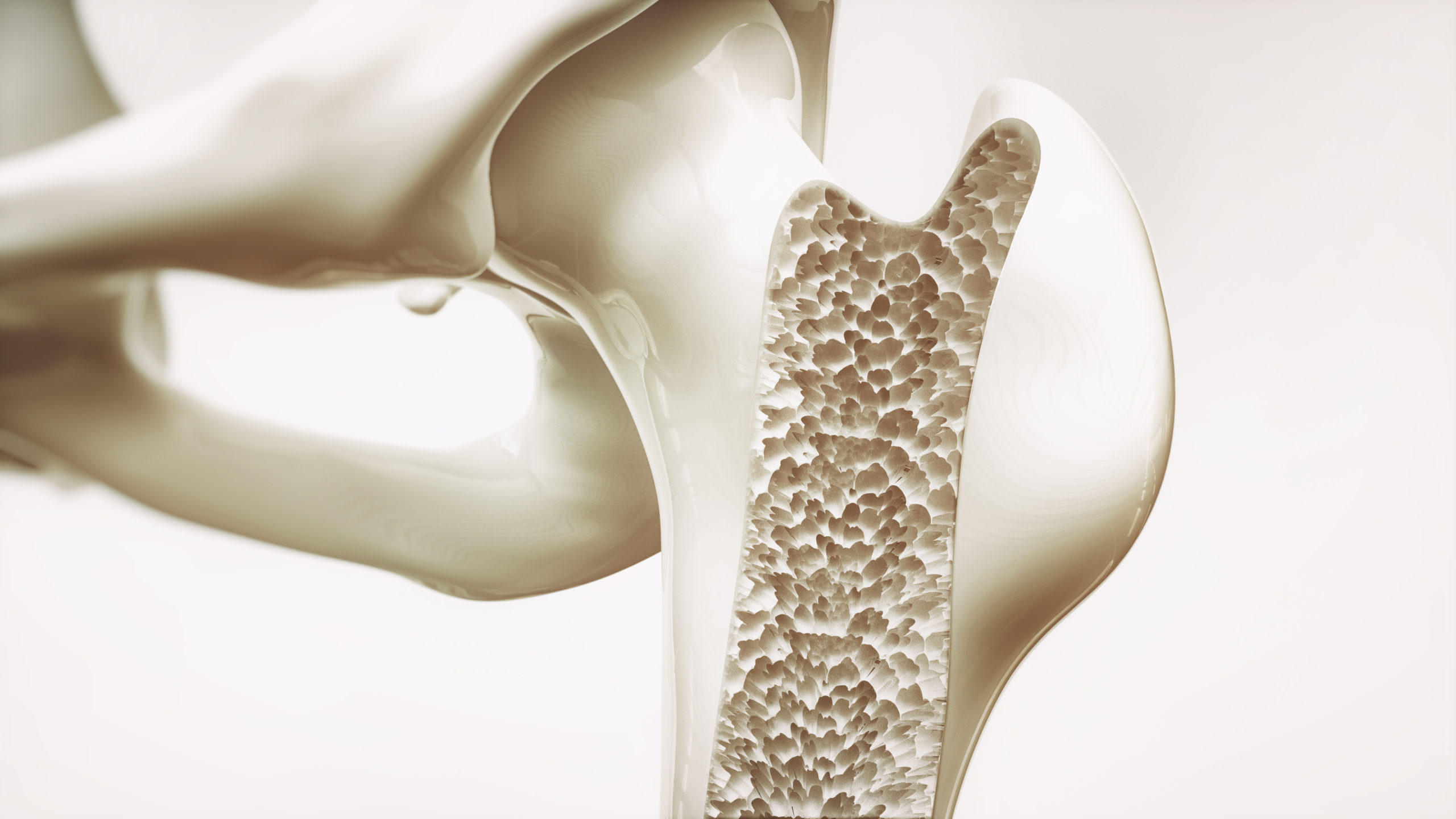
Your body does a lot of amazing and powerful things when you’re running, like taking on staggering forces of approximately 250% of your body weight. There’s also a greater demand for balance with only one foot ever in contact with the ground at any time, with many muscles working hard to keep you moving through each stride with power, control and stability. And the hard work doesn’t stop with your feet or legs – the impact of running moves up the joints of the body (called the kinetic chain) to the pelvis, chest, spine, arms, shoulders and head, too.
Simply put, there’s a lot involved in running, and a lot of areas of your body to take care of in order to help prevent injury and optimise the way you run. Here’s a closer look at the role of the ankles, knees, shoulders and head during running, the injuries you have to look out for, and what you can do to help.
The Ankles In Running
Your ankles have crucial jobs during running, including keeping you steadily propelling through every step, minimising the impact forces from running, and supporting your Achilles tendon in holding and storing energy when you hit the ground so you can ‘spring’ into your next step. In order to keep your ankles moving efficiently, it’s important to have good, unrestricted movement at the joint as it allows less shock to be taken by your legs when hitting the ground, something that can otherwise take a big toll and tire the muscles in your legs.
Common ankle injuries in running
The most common ankle-related injuries that our physiotherapists see and treat include:
- Ankle sprains: a sprain occurs when you unexpectedly roll onto the outside (most commonly) or inside of your ankle, injuring the ligaments that support and stabilise the ankle joint.
- Stress fractures: stress fractures occur when micro-cracks develop and progressively worsen in a bone of the ankle joint. The cause is the high impact forces from the action of running.
- Achilles tendinopathy: the Achilles tendon is the large, cord-like tendon that runs down the back of the lower leg, past the ankle, and inserts into the back of the heel bone. When the Achilles tendon is overused or overloaded past the point that it can safely handle, which may arise due to weak or unsteady ankles, the tendon can become damaged or inflamed.
How to support your ankles for running
- Choose your shoes carefully. Your shoes can play an important role in helping with your forward propulsion while limiting excess side-to-side motion. All of these features help prevent injury while supporting your running.
- Work on strengthening your ankles through targeted exercises, as opposed to just strapping them before a run. If you’re unsure about the best ankle strengthening exercises, book in to see your physiotherapist or exercise physiologist for a tailored strengthening plan.
- Address any tightness in your Achilles tendon. Achilles tightness is a very common problem we see in runners – and it can significantly affect how their feet, ankles and lower legs function through each step.
The Knees In Running
When your foot hits the ground, the flexion in your knee helps absorb your body weight – a key function to help prevent injury. This shock absorbing quality is paired with the knee’s mechanical function that works with the rest of your lower limbs to efficiently propel you forwards.
The muscles that play an essential role in supporting the knee include the quadriceps that control knee extension, the hamstrings for knee flexion, and the iliotibial band that supports leg stability and that pairs with the hip muscles and glutes to resist twisting movements around the knee joint.
Common knee injuries in running
The most common knee-related injuries that our physiotherapists see and treat include:
- Patellofemoral pain syndrome: otherwise known as runner’s knee because of its higher prevalence in runners, patellofemoral pain syndrome describes pain at the front of your kneecap that develops during or after running.
- Patellar tendinitis: patellar tendinitis describes the inflammation of your patellar tendon which crosses across the front of the knee, connecting the kneecap (patella) to the shin bone below. This condition is also nicknamed jumper’s knee because repeated jumping activities can aggravate the tendon, though it also occurs in running, too.
- Iliotibial band syndrome: the iliotibial band is a tendon that runs from your hip and down to your knee. When the tendon gets irritated or damaged from repetitively rubbing against the outside of the knee joint during running, you’ll experience pain on your outer knee which can be recreated by bending and straightening the knee.
How to support your knees for running
- Avoid going too hard too fast as your knees can be one of the first places to feel the impact. Increase your running distance and pace slowly and steadily.
- Have a good stretching plan in place, especially for your iliotibial band.
- If you have suspected tightness or dysfunction in the muscles supporting your knees, book in for a sports massage with your physiotherapist.
- Try strapping techniques to support your knee stability until you’re able to get in to see your physiotherapist. They may advise that you continue to strap throughout your treatment until certain recovery goals have been met.
- Having a gait analysis with your physio can help identify imbalances and dysfunctional movement patterns that can lead to knee injuries, so you can work to address them and help prevent knee pain.
The Shoulders In Running
While the shoulders aren’t typically thought of when discussing running, the muscles around the shoulders including the rotator cuff affect your upper body stability, arm swing, and overall running form, all of which are important for efficient running and injury prevention.
Common shoulder problems or injuries in running
The most common shoulder-related problems that our physiotherapists see and treat include:
-
- Rotator cuff injury: a rotator cuff injury is the most common cause of shoulder pain that we see from running. It causes sharp pain near your shoulder blade and can make it difficult for you to sleep on your side or reach things above you. Many rotator cuff injuries are related to your running form.
- Trapezius muscle strain: Strained trapezius muscles, which are the muscles that go from the base of your knee to your shoulders, are usually caused by excess tension over time to the muscles, often from keeping the muscles tightened during running (like when the shoulders are hunched – see below).
- Hunched shoulders: while hunched shoulders are not an injury, they can be a problem because running with hunched shoulders can put excess stress on the chest and respiratory system, making it harder to breathe and therefore utilise oxygen, impacting your running performance. Additionally, your arms are more likely to swing in a criss cross (lateral) motion, wasting energy and impacting how your other upper body muscles are engaged and activated to help control this movement.
How to support your shoulders for running
- On the days you’re focusing on strength training to support your running, incorporate shoulder strengthening exercises, as well as core exercise as your core helps support your upper body.
- Learn to be aware of whether you’re keeping your shoulder relaxed or tense. Tension often happens when you get tired, or try to increase your pace, hiking your shoulders up and tensing the muscles. Check in with yourself regularly and assess whether your shoulders are relaxed or you’re keeping them tight.
- Work on your posture: keep your shoulder blades back and down, chest up, eyes forward and your neck in line with your spine. Check in regularly during running until good posture becomes a habit.
The Head In Running
Given that an average head weight is approximately 4 kilograms, holding your head in a suboptimal position during running can create a ripple effect down your body, leading to excess strain on a range of muscles that contribute to fatigue and a higher injury risk.
Common head problems in running
The most common head-related problems that our physiotherapists see in runners include:
-
- Keeping your head leaning too far forwards: think of the muscles of the neck, shoulder and back that are used to support your head – when your head tilts forward, your upper back follows, affecting your posture and placing more strain on a range of joints and muscles that can lead to pain or injury. A forward tilt often occurs when runners start to tire or lose motivation during the run.
- Tilting your head backwards: titling your head backwards during running puts strain on the back of the neck and the cervical vertebrae, and with lots of impact forces travelling up the body during running, this can lead to a greater risk of pain or injury.
How to support your head for running
- Try to keep your chin parallel to the ground when running with the back of your neck straight, and your head pulled towards the sky (this creates a greater movement lever for running movements)
- Keep your eyes looking forwards, directly ahead, instead of staring at the ground.
Getting Pain While Running?
If you’re experiencing any pain or discomfort while running or have a history of injuries that you want to prevent recurring, our team of experienced physiotherapists are here to help. We’ll start by conducting a comprehensive assessment to not only assess the source of any pain or discomfort, but also closely examine the aspects of your gait and running posture to identify the issues that may be holding you back or putting you at risk.
To book, contact your nearest Allsports Physiotherapy clinic here.
Our Community Partners






